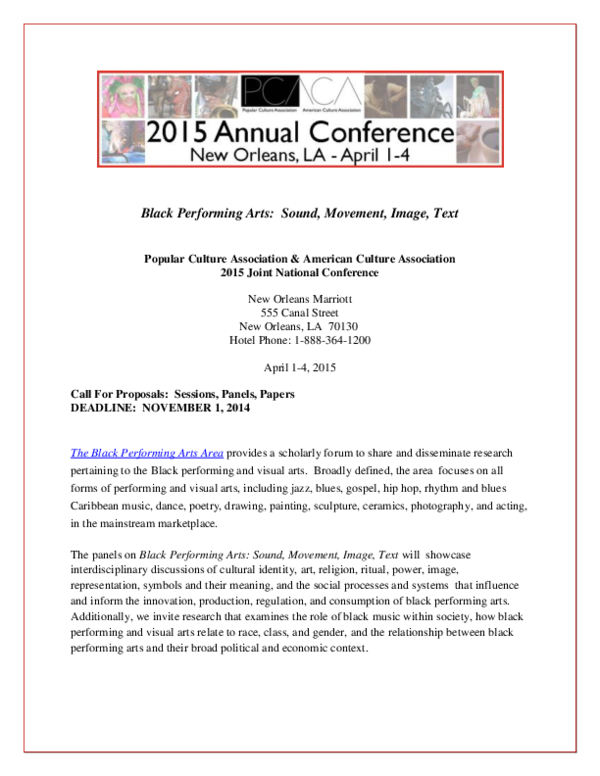
America's changing lifestyle has shaped pop culture. They were able spend more time and money on entertainment, such as music and movies, due to their increasing disposable income. During the 1950s, rock and roll began to emerge, drawing inspiration from African American blues music and embracing themes that appealed to teenagers. At the same moment, television started competing with motion picture for young viewers.
Dimensions
Dimensions of Pop Culture In America examines the cultural politics of American popular culture. It explores the influence of popular culture on mass culture, politics and community affiliation. The book also discusses the role popular culture has in popular movements, and how it shapes identity. It also examines the historical roots and evolution of American popular culture in the 20th century.

Origins
America's history is the root of pop culture. Pop-culture was prevalent on the continent from colonial times. It has become more sophisticated and pervasive over the years and is now an integral part of American culture.
Impact
Recent polls reveal that Americans are becoming increasingly concerned about how pop culture will impact their lives. Even though the average American watches television more than four hours daily, only one out of 10 Americans can name one positive aspect of pop culture. They are more likely than others to mention violence, sex and vulgar language.
Societal costs
Pop culture's societal consequences are not always obvious. Inequality in income can be reflected in how the media portray people. While some programs may depict wealthy people with high-income statuses, others may portray low-income people from humble backgrounds. This problem is not unique. The growth of popular culture in recent decades has been fueled by economic growth. Economic growth has allowed people with more money to spend on culture and art, which gives artists and cultural organizations more business. This creates greater self-confidence for artists and opens up more opportunities.

Segmentation
The segmentation of pop culture in America has been happening for decades. Prior to the advent of the Victrola and the radio, music was only available to those who could attend live performances. These technologies have changed how people consume entertainment. They made it easier and more affordable to listen to music. People lost a large portion of the entertainment experience as a whole. People are more likely to separate themselves from their interests since the invention of television and movies, which has serious implications for social cohesion.
FAQ
What does pop culture teach us?
Our society today places more importance on material goods than all other things. This is particularly true for young people. They spend hours daily looking at screens. They watch movies, play video games, and surf the web. They are distracted from their schoolwork by all of these distractions. This causes them to fail classes.
It is a world where everyone wants in. That means being popular. Popularity hinges on having money, clothing, and other possessions. This causes some people to do things they don't like.
Technology has made us dependent. All information is available to us thanks to technology. However, not all information is accurate. Many false rumors circulate on the Internet. These rumors spread fast because people share them on social networking sites. It is easy to share something without verifying its truth.
People are losing their ability to think critically. People believe everything they see on the Internet. They believe what they see on TV and in magazines. They stop thinking about themselves. Instead, they follow the crowd.
We lose control over our lives when we rely upon others to tell the truth. Pop culture encourages us to rely on others. It can also lead to lazy people. It's true that there is truth out there but we don’t always find it.
What is pop-media culture?
Pop culture is all around us. It is everywhere we go: TVs, radios and films, music, magazines, newspapers and websites, as well as social networks. It is everywhere we go, 24/7. Pop culture influences everything, from clothes to music and language to politics and religion. What then is pop culture? According to Wikipedia, "Popular culture (or popular culture) refers to the products and ideas produced for mass consumption in society." Many people assume that the term covers television shows, movies music, fashion and other forms entertainment. However, there is much more to pop culture than just entertainment. Pop culture can be described as anything that is consumed by mass audiences, including video games, toys, clothing and fast food.
What is popular music culture?
Popular Music Culture takes many forms.
Popular music culture is defined by its use of certain styles of music (e.g., rock, jazz) and lyrics. It also includes visual media, like television, fashion, advertising and film, that have an impact on the careers of artists and public perception.
It's also about the way fans interact with their favorite artists.
Popular music culture has one element: the rise of "superstars", artists who have gained fame and fortune.
These celebrities often transcend genres to become cultural icons. The evolution of popular culture has been influenced by their popularity.
Other aspects of popular music culture include:
* The rise in recording technology - from acoustic instruments, to electric guitars, and microphones.
* Invention of the record player and radio
* The birth and rise of rock & roll.
* The introduction TV and film
* The advent of MTV and VH1;
* The creation of the internet.
Why is pop music popular?
Pop music is fun because it is entertaining! Pop music makes you feel happy, and it gives you a lot of freedom. People listen to pop music and are free to think about anything but themselves. They don’t have to worry what other people think. And this is why pop music is so popular. People love songs that make them happy. You can turn the radio on if you feel down. You may even find yourself singing along. Pop music has been a huge success over the years.
What examples are there of pop culture?
Pop Culture is the art form of the 21st century. Pop Culture covers all aspects of popular entertainment. It includes music, film, TV, video game, fashion, advertising, comics and so on. Neil Postman, an author, coined the term "pop" in his 1985 book Amusing Ourselves. Pop was a method of mass communication using cheap tricks and formulaic techniques to create an illusion that spontaneity and uniqueness.
However, he noted that most people do not experience true enjoyment because they have become conditioned to seek media experiences that make them feel superior to others. He claimed that young adults have lost their ability to think critically due to this type of cultural expression.
Pop culture can also refer to popular culture and consumerism.
Who was the first to coin the term Pop Music
Frank Zappa invented it. He coined the term "pop music" to describe his musical style.
He stated that he wanted music that was accessible to all. That's why he called his music pop music.
Zappa also coined the phrase "You know it’s POP when ..."" which refers to something being popular if it is enjoyed by many people. Michael Jackson's Thriller album, for example, is one of his most popular albums.
Zappa's definitions of pop music are different than the current. Pop music can include all music. Back then, pop music was limited to certain types of music.
What is some pop culture from 2020?
The music industry is changing rapidly, and this year we saw artists such as Billie Eilish, Post Malone, and Travis Scott all reach number 1 on Billboard's Hot 100 chart. This was an extraordinary feat for any artist.
This is also true for streaming services. Spotify reported streaming over 10 million hours of audio last year. This is almost five times the amount of content that users were listening too just five years prior!
This has resulted in a major shift in the way people consume media. Now, more people consume content than create it.
All age groups have easy access to high-quality audio content. Anyone can record, edit, mix and release their music.
It's no longer necessary to go to university and study classical instrumentation to be able to play your favorite song. You can simply download an app, add your voice, and upload them to YouTube.
And if you don't want to make music yourself, why not watch someone else doing it instead? You can find countless channels that make videos of songs, from parodies to covers.
Statistics
- Yet a Nielsen study shows they account for 42% of the country's most-watched content on streaming services. courtesy Nielsen (npr.org)
- [17][18][19]Definition[edit]According to author John Storey, there are various definitions of popular culture. (en.wikipedia.org)
- According to Dictionary.com, popular culture, or low culture as it is sometimes referred to is comprised of the “cultural activities or commercial products reflecting, suited to, or aimed at the tastes of the general masses of people” (7/21/19). (socialsci.libretexts.org)
- Less than a decade later, that statistic rose to 90% (Dager, n.d.). (socialsci.libretexts.org)
- According to CNBC.com, “more than 70% of the film's revenue came from countries outside the US” (https://www.cnbc.com/2019/01/08/aqua...nal-sales.html, ret. 8/18/19). (socialsci.libretexts.org)
External Links
How To
What is the most popular culture you can access through media technology?
We are all surrounded by popular culture. It's all around you: books, movies and music; television shows, music videos; social networking sites; etc.
Popular culture influences our lives. Our daily routines are influenced by what we see on TV, read in magazines, listen on the radio, and hear at concerts. We watch television, go shopping with friends, enjoy parties, get to know people online, surf the Internet, and play video games.
However, just because something is popular does not mean that it is good for business.
This is where media technologies come in. They offer tools that enable us to connect with consumers and access popular culture.
The media technologies can be used for:
-
Create content about services and products
-
Engage fans with your favorite actors, authors, and musicians
-
Promote brands and companies
-
Promote your brand
-
Track consumer trends
If you want to increase brand awareness, attract customers, grow sales and customer loyalty, then you should be familiar with popular culture. You can do this through media technologies.